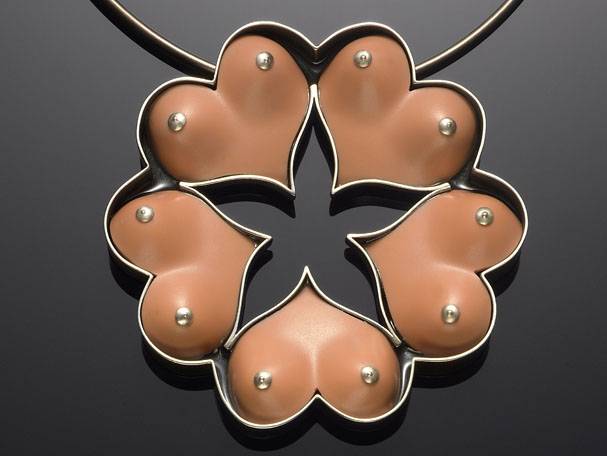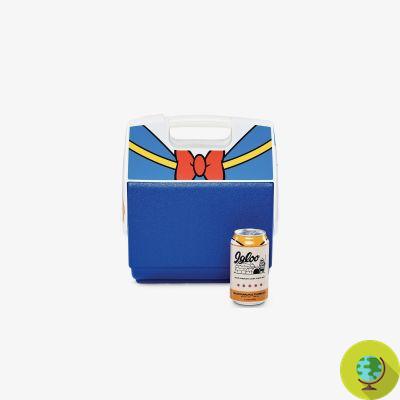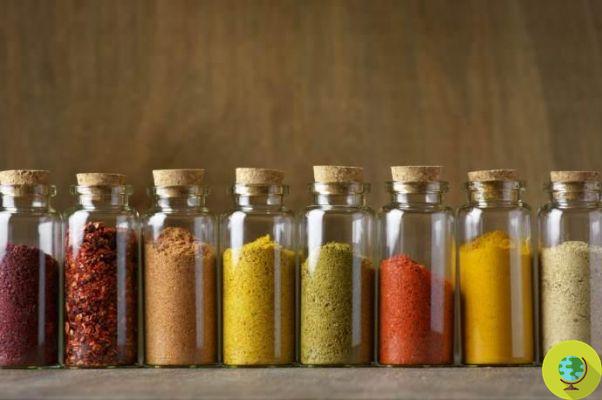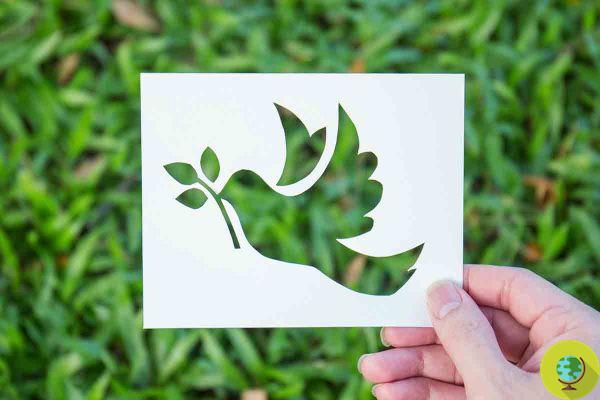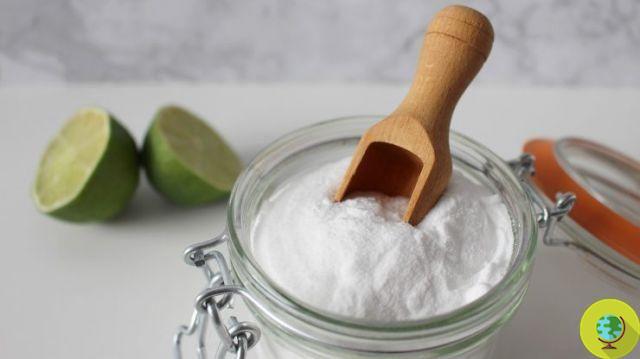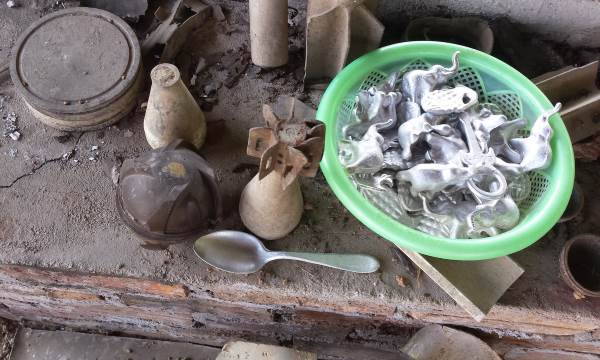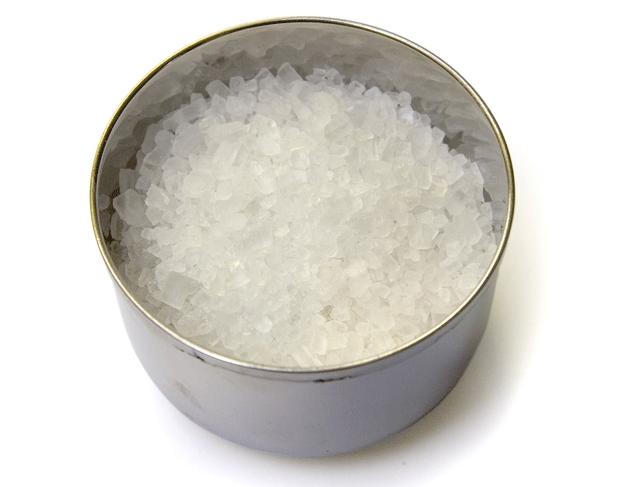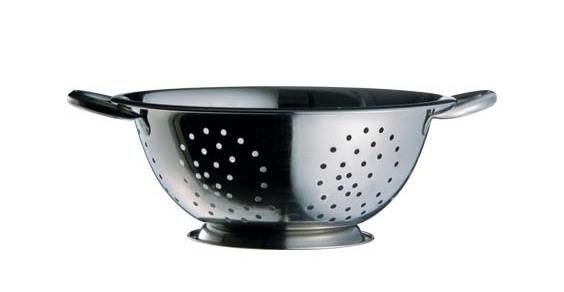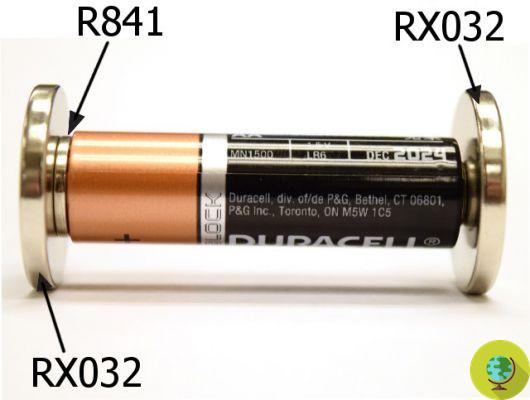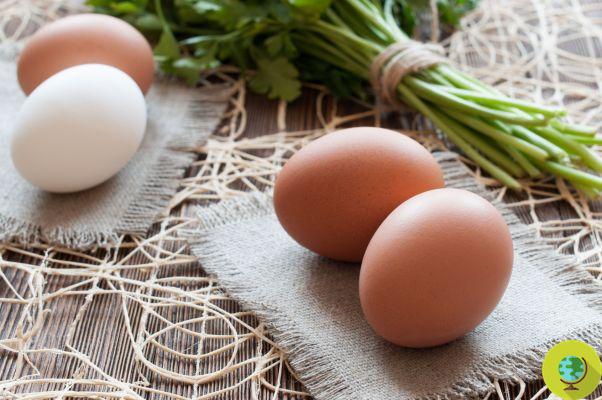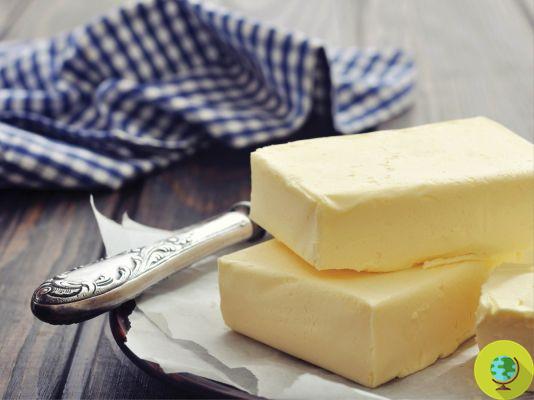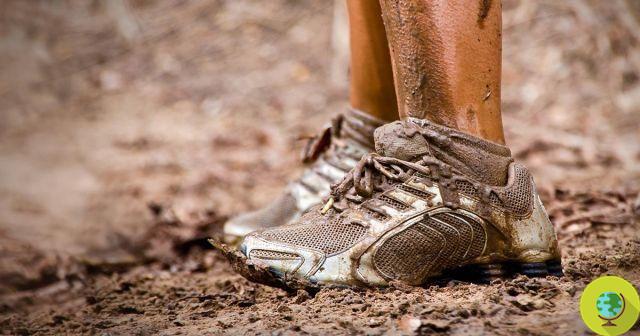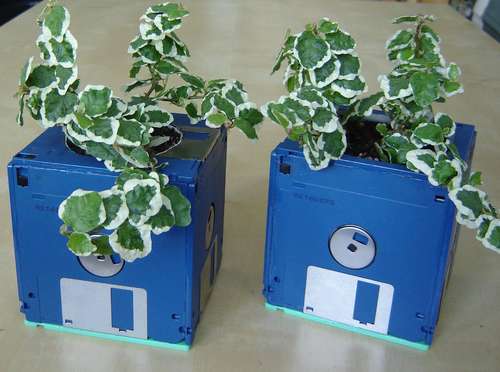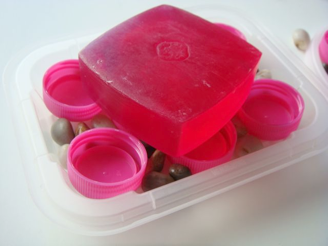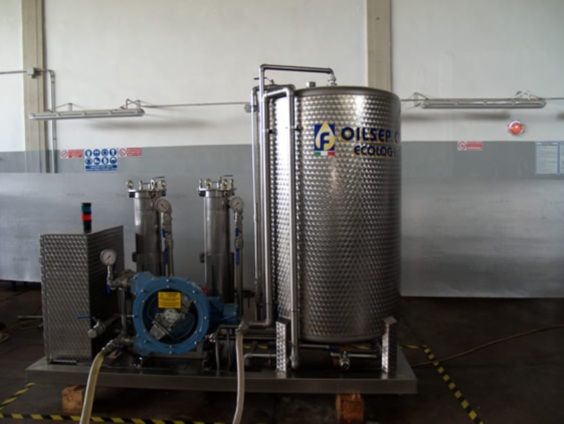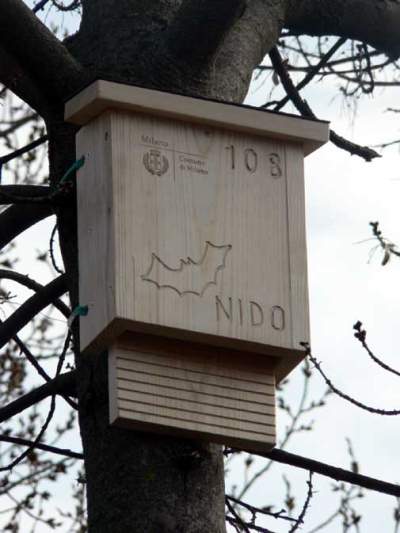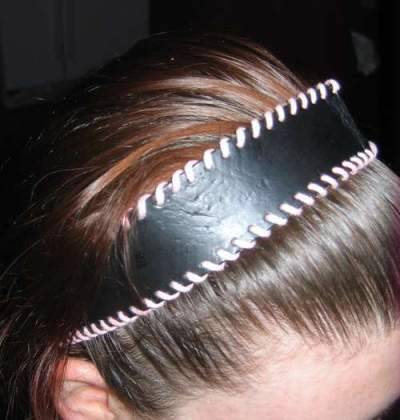How to reuse the leftovers of soap bars and thus limit waste? Some quick and easy ideas for not throwing away and giving new life to the small pieces of solid soap.
He is about to end up run over, his mother saves himNow that bar and solid soap are back in vogue in the name of waste reduction, how can you also limit product waste and use it down to the last bit? Don't always consume your own bar of soap until the end it turns out simple. Some people might give in to the temptation to get rid of the last few soap scraps, not thinking that over the months even this habit could turn into a real waste of product, but also of money.
In fact, small quantities of soap flakes are sufficient to give life to liquid soaps for the person or household cleaners, thus avoiding the purchase of new ones. So keep the leftovers of the bars of soap and try to put into practice some of the following tips and tricks.
Index
Combine them with the next bar of soap
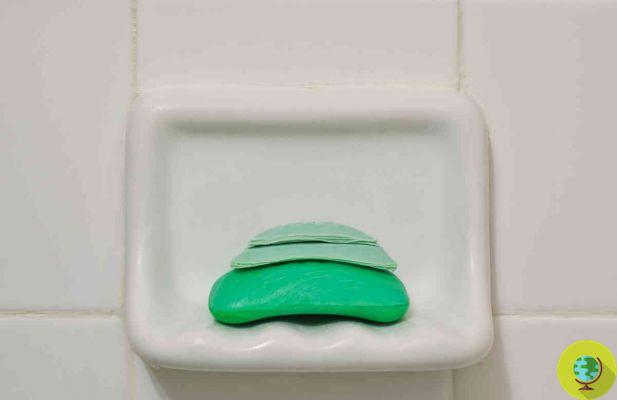
@Brett Hondow/Shutterstock
The simplest and most convenient solution is to combine the leftovers of your bar of soap with the new solid soap you are about to use. Just try to moisten both bars and press the small piece left in the center of a new bar of soap.
Create a new bar of soap
Try to create a bar of soap completely new after having accumulated some bits left over from previous soaps. Once you have set aside a certain amount of pieces of soap, melt them in a bain-marie in a saucepan and then pour them into a metal mold, a soap dish or a small recovery tetra-pak container. Let it cool and solidify for a few hours and you will have your new bar of soap.
Multi-purpose spray cleaner
Cut the leftovers of your soap into flakes and let them dissolve in boiling water, stirring occasionally with a spoon. Pour your liquid into a spray container, adding 10 drops of tea tree essential oil and you will have obtained, in the simplest possible way, a multipurpose cleaner great for cleaning tiles, bathroom and washable surfaces. Calculate a tablespoon of soap flakes for every 700 ml of water.
Shower glove
Crush the soap scraps into flakes and use them to fill a sponge or microfiber shower glove. In this way you will get a very good one soapy glove which will release foam after you have moistened it and while you pass it on the skin. If you use a rough glove you will also get one good smoothing action.
Gardening
If you have an outdoor drinking fountain or sink, store the leftover soap and group them in a single soap dish so you can have them close at hand so you can quickly wash your hands before entering the house, after taking care of the work. of the vegetable garden or in the garden.
On the road
When traveling, or simply away from home, it might be convenient to bring a piece of soap with you to be able to wash your hands even if it is absent in public bathrooms or in the presence of a particularly delicate skin that only requires the use of your own soap carefully selected personnel.
Liquid soap
By storing more soap scraps it is possible to obtain the quantity necessary to create a liquid soap to be placed on the bathroom or kitchen sink for every need. Calculate that you need to use two to three tablespoons of soap flakes for every 500 ml of water. Pour the soap flakes into boiling water, stir, turn off the heat and wait until they have dissolved. You can add a few drops of essential oils to your soap to perfume or tea tree oil to increase the antibacterial power.
Mothproof
Give up using commonly available anti-moths and try replacing them with lavender essential oil soap tablets. Follow the same procedure indicated for the creation of new soap bars starting from the leftovers of the old ones, remembering however to add a few drops of essential oil of lavender and stir before pouring them into molds.
dressmaking
Here is a little trick used by grandmothers tailors or skilled with sewing, in the absence of the appropriate chalk to draw lines or signs on the fabrics. The soap will work just like chalk on darker colored fabrics which will disappear very easily when you will wash your fabrics, without leaving any trace.
Follow your Telegram | Instagram | Facebook | TikTok | Youtube
You might also like:
- Shikakai: how to use Indian powder to wash your hair
- This test reveals what is the best solid shampoo you can buy
- Solid soap: pay attention to allergenic perfumes and fragrances, Palmolive among the worst in the German test




